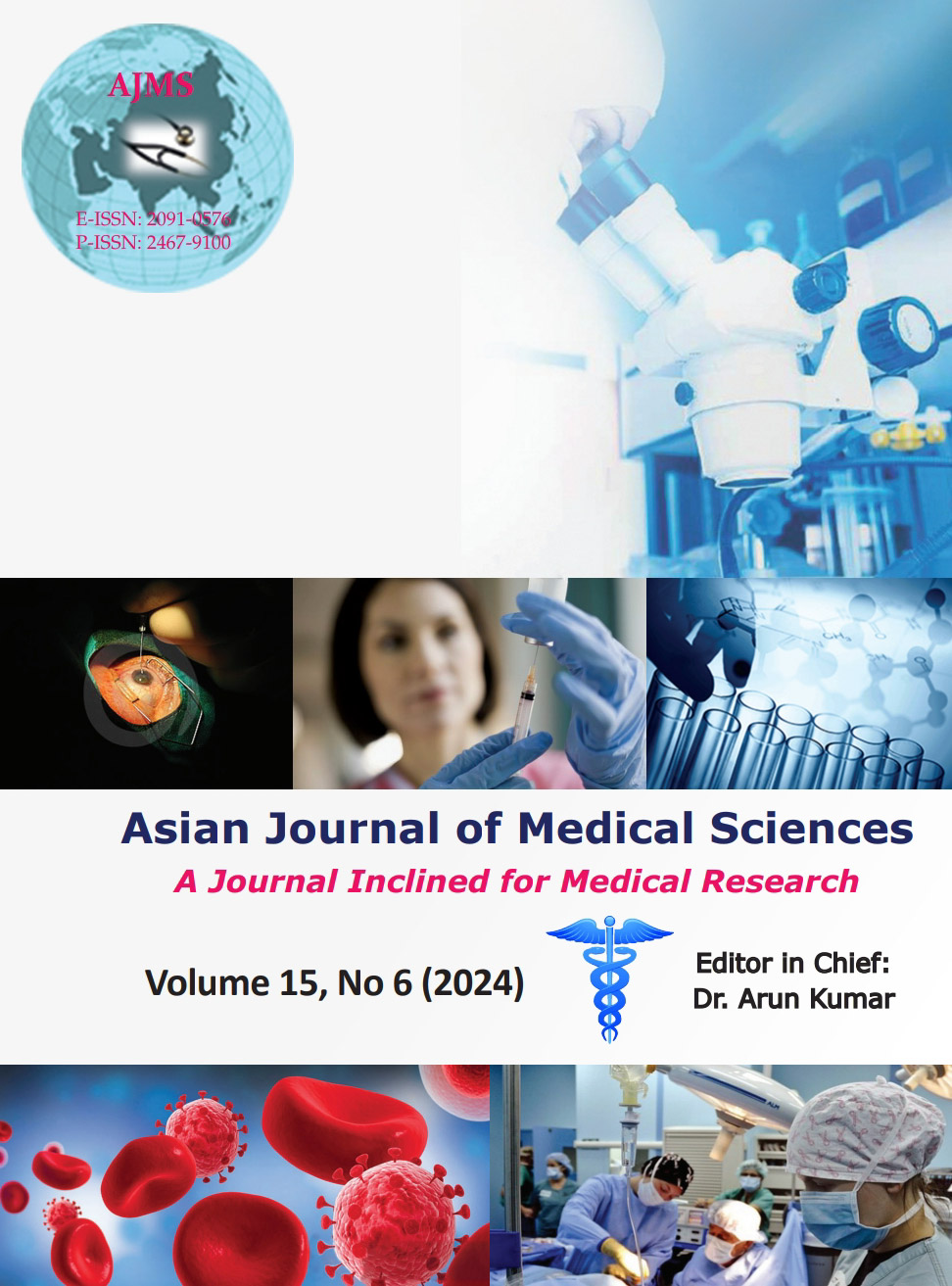Impact of side effect management, patient outcomes, and health-care costs in atorvastatin and rosuvastatin therapy: An observational study
Keywords:
Hyperlipidemia; Statin therapy; Atorvastatin; Rosuvastatin; Side effects; Medication adherence; Health-care costsAbstract
Background: Statins are widely prescribed for the management of hyperlipidemia and the prevention of cardiovascular diseases. Atorvastatin and rosuvastatin are among the most commonly used statins, with varying impacts on lipid profiles, side effect profiles, patient adherence, and health-care costs. Understanding these differences within specific populations can inform more tailored and cost-effective treatment strategies.
Aims and Objectives: This study aimed to evaluate the differences in side effect management, patient outcomes, and health-care costs between atorvastatin and rosuvastatin therapies in a cohort from Coimbatore, Tamil Nadu, India.
Materials and Methods: An observational study was conducted with 100 patients at the Karpagam Faculty of Medical Sciences and Research, evenly split between atorvastatin (n=50) and rosuvastatin (n=50) groups. Data on demographic characteristics, side effects, low-density lipoprotein (LDL) cholesterol reduction, medication adherence, and health-care costs were collected and analyzed.
Results: The cohort had an average age of 62 years, with a higher prevalence of males (57%). Socioeconomic analysis showed 30% from low-income, 50% from middle-income, and 20% from high-income backgrounds. Side effects were more common in the atorvastatin group (35%) compared to the rosuvastatin group (28%), with muscle pain and gastrointestinal issues being predominant. Rosuvastatin treatment resulted in higher adherence rates (90%) and more significant LDL cholesterol reduction but incurred higher annual health-care costs (INR 28,000) versus atorvastatin (INR 25,000) (P=0.04).
Conclusion: Both statins effectively reduced LDL cholesterol; however, rosuvastatin demonstrated higher patient adherence but at an increased cost. These findings underscore the need for individualized statin therapy that considers both clinical outcomes and economic constraints, particularly in settings with limited health-care resources.
Downloads
Downloads
Published
How to Cite
Issue
Section
License
Copyright (c) 2024 Asian Journal of Medical Sciences

This work is licensed under a Creative Commons Attribution-NonCommercial 4.0 International License.
Authors who publish with this journal agree to the following terms:
- The journal holds copyright and publishes the work under a Creative Commons CC-BY-NC license that permits use, distribution and reprduction in any medium, provided the original work is properly cited and is not used for commercial purposes. The journal should be recognised as the original publisher of this work.
- Authors are able to enter into separate, additional contractual arrangements for the non-exclusive distribution of the journal's published version of the work (e.g., post it to an institutional repository or publish it in a book), with an acknowledgement of its initial publication in this journal.
- Authors are permitted and encouraged to post their work online (e.g., in institutional repositories or on their website) prior to and during the submission process, as it can lead to productive exchanges, as well as earlier and greater citation of published work (See The Effect of Open Access).




